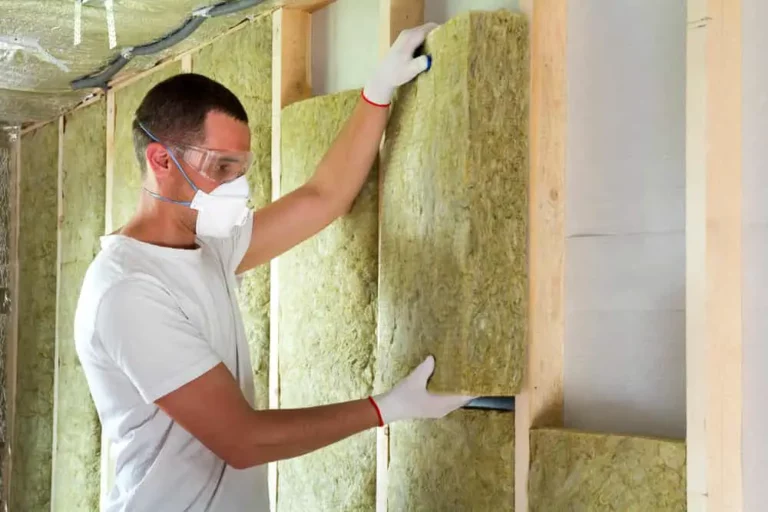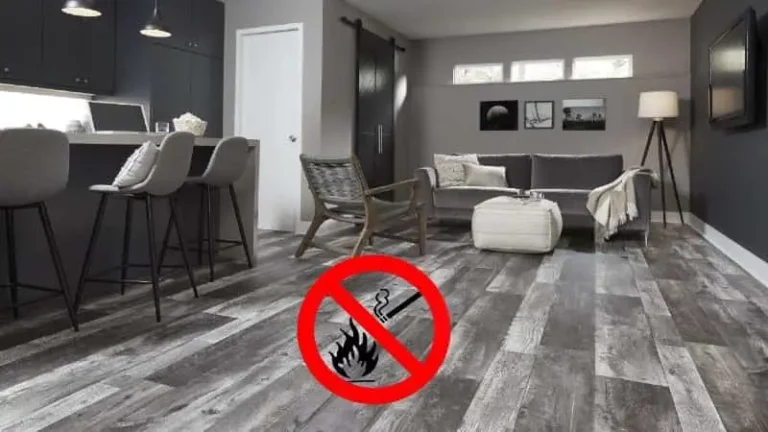How Much Can You Cut Off a Solid Wood Door?

Cutting a solid wood door to size can be a little tricky, especially if you’re unaccustomed to working with solid wood doors. It’s easy to accidentally cut off too much from a door and end up with significant splintering and chipping near the cut site.
You can cut approximately 1 inch (2.54 cm) off of a solid wood door. As such, you can safely cut up to half an inch (1.27 cm) from each side or a quarter-inch (0.64 cm) from all four sides. Measure the threshold before cutting to avoid cutting off too much. Sand down the door after cutting.
This guide can help you avoid cutting off too much from your solid wood door, ensuring that you enjoy an even, professional-looking cut when sizing a door to fit a threshold. We’ll also review some of the basic steps you’ll need to take when cutting into a solid wood door.
How Much Wood Can You Trim Off?
The amount of wood you can trim off a solid wood door often depends on the quality and age of the wood itself. Older, lower-quality woods may splinter more easily, reducing the amount of cutting you can get away with.
You can safely trim about 1 inch (2.54 cm) from a solid wooden door without splintering, warping, or poor threshold coverage. High-quality wooden doors are more forgiving than old, lower-quality wood, particle board, or hollow wooden doors.
Why Cut a Solid Wood Door?
Cutting a solid wood door ensures that it fits into the threshold more easily. This is especially true if you’re working with unconventional threshold sizes. For example, many people may want to cut off the bottom portion of a wooden door to reduce its contact with interior carpets.
Of course, it’s crucial to measure your solid wood door before cutting it, as well as ensure you’re cutting into the correct side or sides.
Remember, solid wood doors are composed of layered grains of wood. Cutting into such a door without considering the graining can result in severe splintering that significantly impacts the quality and durability of your door.
Additionally, cutting off too much can result in an uneven door that doesn’t block exterior air or outdoor pests from entering your home.
Can You Cut Off Too Much?
You can cut too much off of a solid wooden door. When this happens, the door may splinter, appear uneven, and no longer block drafts or pests due to incomplete threshold coverage. To avoid this, take exact measurements beforehand.
It’s best to start with smaller amounts to prevent cutting off more than necessary. That way, you can just shave off more of the wood if needed. On the other hand, if you cut off too much the first time, you’ll end up having to purchase a new door altogether.
How To Trim a Solid Wood Door
Trimming a solid wood door means following a specific series of steps, starting with preparation and finishing with fine sanding. For example, you’ll want to:
- Measure your threshold and door.
- Gather a sawhorse, woodworking clips, and a circular saw.
- Create a wood saw guide.
- Make your cut lines on the door.
- Place and secure your saw guide along the cut lines.
- Use a circular saw to trim the door.
- Apply sandpaper to smooth any chips or loose strips.
Let’s explore these steps in greater detail to ensure you don’t cut off too much from your solid wood door.
1. Measure Your Threshold and Door
One of the most common mistakes you can make when cutting a solid wood door is failing to measure your threshold before making your cuts. Most doors should be ¼ inch (0.64cm) smaller than your threshold (on all four sides).
Of course, if you’re looking to shorten a door’s bottom, you’ll want to ensure that the top and sides of your door are about ¼ inch (0.64cm) smaller than the threshold, then measure your desired height for the door.
Once you know how much you need to remove from your door, it’s time to gather your tools and equipment.
2. Gather a Sawhorse, Woodworking Clips, and a Circular Saw
When cutting a solid wood door, you’ll need a sawhorse, woodworking clips, and a circular saw. It’s also vital to have the proper safety gear, such as protective glasses, gloves, and a sawdust face mask.
If possible, take the time to invest in or build a wooden saw guide. Doing so can help you get a smoother, straighter cut that’s less likely to splinter or chip.
3. Create a Wood Saw Guide
A wooden saw guide is an excellent tool you can make from a scrap plank of plywood or solid wood.
To make a saw guide, you’ll need to measure the space between your saw’s blade and sides (called the offset). You can also purchase a steel saw guide if you don’t have any scrap pieces of wood in your workshop or garage.
This Old House has an excellent video explaining the process of creating and using a saw guide, so be sure to check it out to learn more:
4. Make Your Cut Lines on the Door
After finishing your wood saw guide, you’ll want to go ahead and re-measure your threshold and perform any necessary calculations to ensure a proper fit and installation. Then, you can use a pencil or dark-ink non-permanent marker to make initial cut lines on your door.
Be sure to double-check your cut lines before re-marking them with a wood-appropriate marker. For an even cut, measure and mark each side separately, then use a measuring tape or laser level to confirm that each cut line is placed correctly and even.
5. Place and Secure Your Saw Guide Along the Cut Lines
You’ll want to use heavy-duty clips to secure your saw guide to your door. Make sure that it doesn’t wiggle or shift, as even the most minor deviations can result in an uneven cut.
D DUSSAL Quick Grip Clamps, available on Amazon.com, are an excellent choice, as they come in multiple sizes and have plastic-covered jaws that don’t leave lasting impressions in wooden items. In addition, thanks to the handle-based latch-and-release system, securing them and releasing them is simple.
6. Use a Circular Saw To Trim the Door
The best way to quickly trim a door to size is to use a circular saw capable of cutting through solid wood.
When your guide is in place, follow it by placing the saw blade close to the cut line and saw guide, then move the saw forward with one steady forward motion. This should leave you with a smooth side that’s evenly cut and splinter-free.
Naturally, some woods may be more prone to chipping or splintering, even after using a guide.
7. Apply Sandpaper to Smooth Any Chips or Loose Strips
Once you’ve cut your door down to size, check the fit in the threshold. If it fits just right, remove the door again to sand down splinters or chips near the cut site. You may use fine-grit sandpaper to smooth out these areas and achieve an even finish. For large shards of wood or significant splintering, you’ll need more in-depth repair (which we’ll cover in the next section). Afterward, you may restain the wood to make everything uniform.
How To Fix Splintering
If you’ve cut off too much from your wooden door, it’s best to buy a new one. After all, removing wood from a door is far easier than adding wood to it.
However, if you notice splintering after cutting your door, fixing this issue is relatively straightforward. You’ll need wood putty, sandpaper, and a matching paint or stain to cover the repair.
Press the wood putty into the splintered area until it fills the gaps in the wood. Be sure to apply enough pressure to fill any small openings and keep the exterior areas lump-free. You can also attempt to strip the splintered area away, though this can cause further splintering.
When your wood putty has dried, you can use sandpaper to smooth any roughness away and achieve a level finish. From there, it’s only a matter of painting or staining the repair site for an even-looking, professional finish.
Naturally, you’ll want to clean and maintain your wood doors to avoid future splintering or warping.
Final Thoughts
It’s possible to safely cut up to about 1 inch (2.54cm) from a solid wooden door. That said, to avoid splintering and chipping, you’ll also want to focus on how you’re cutting your door. Be sure to follow the steps outlined above to ensure a professional cut and proper fitting.





